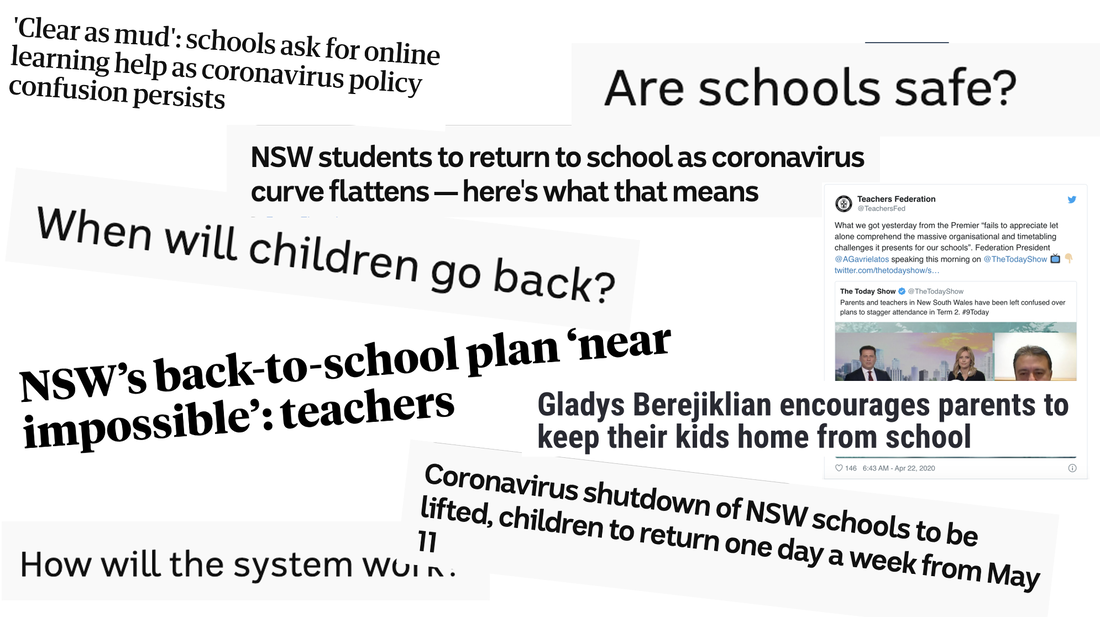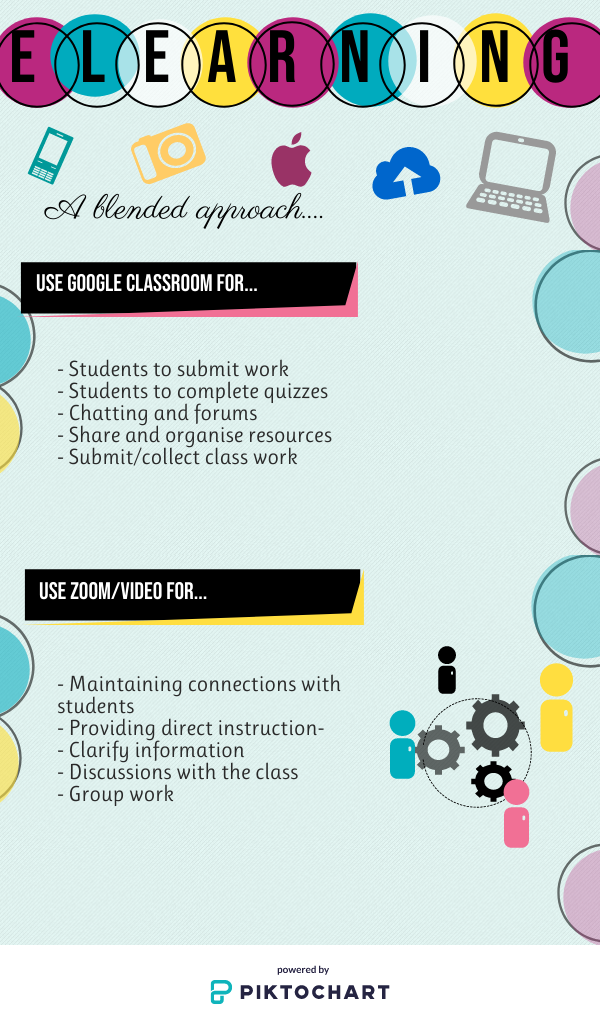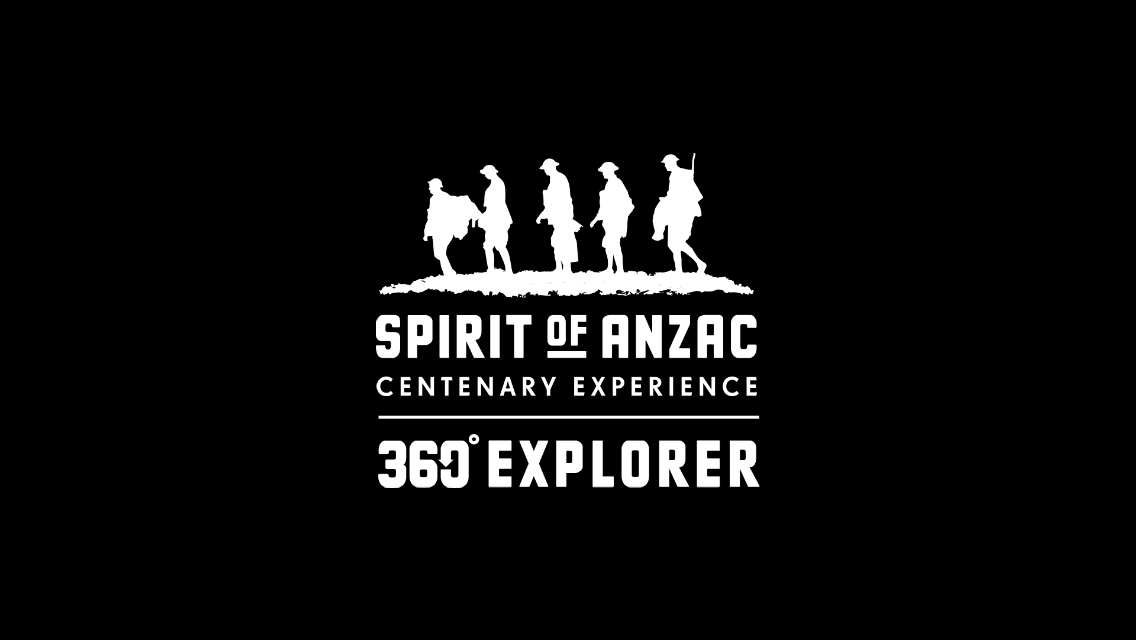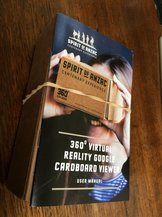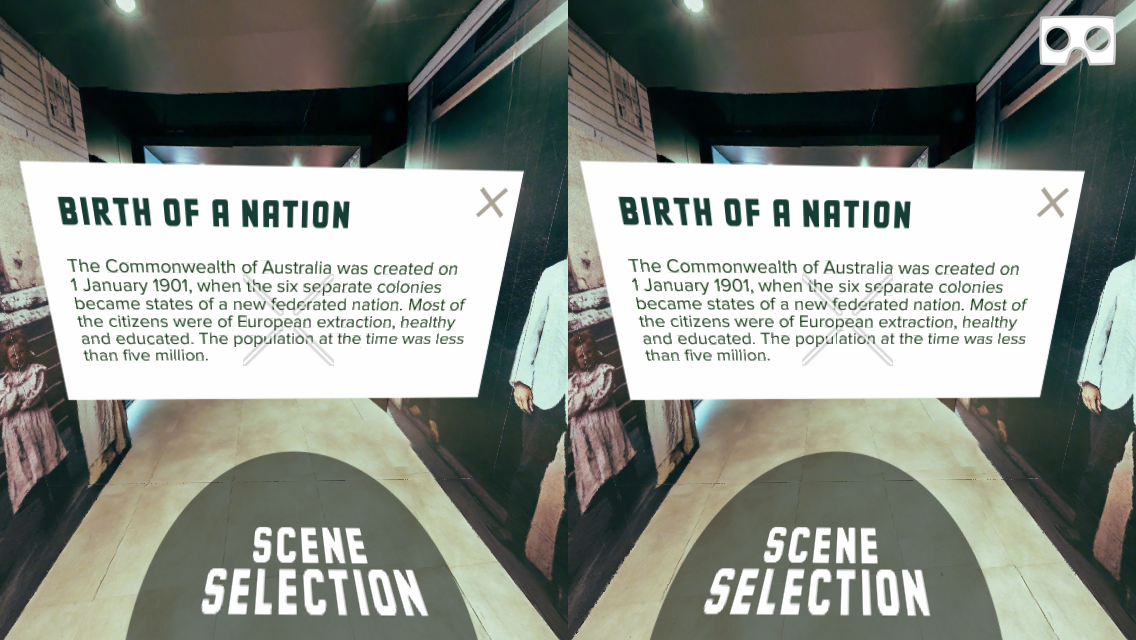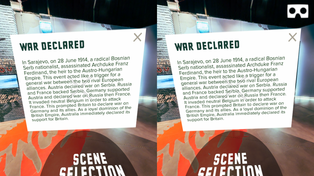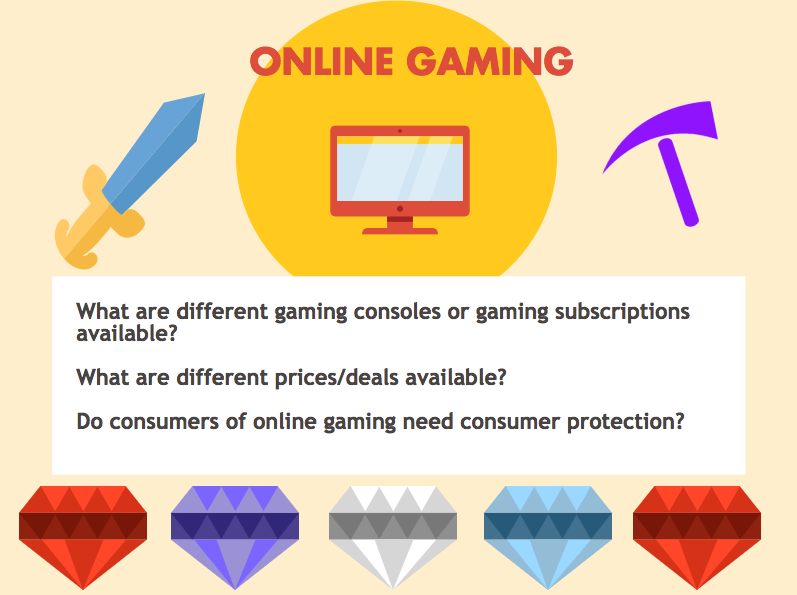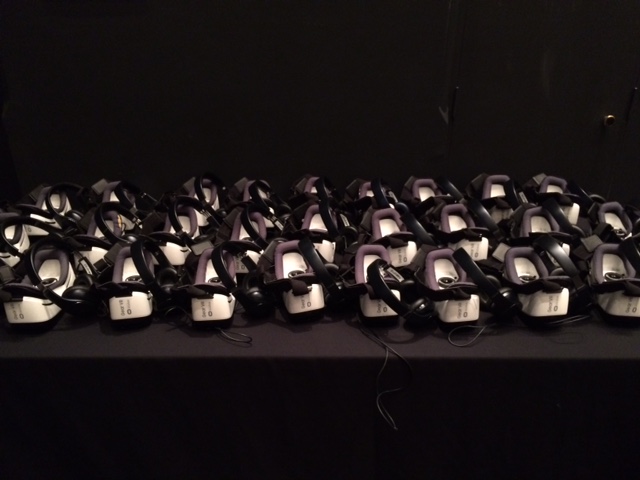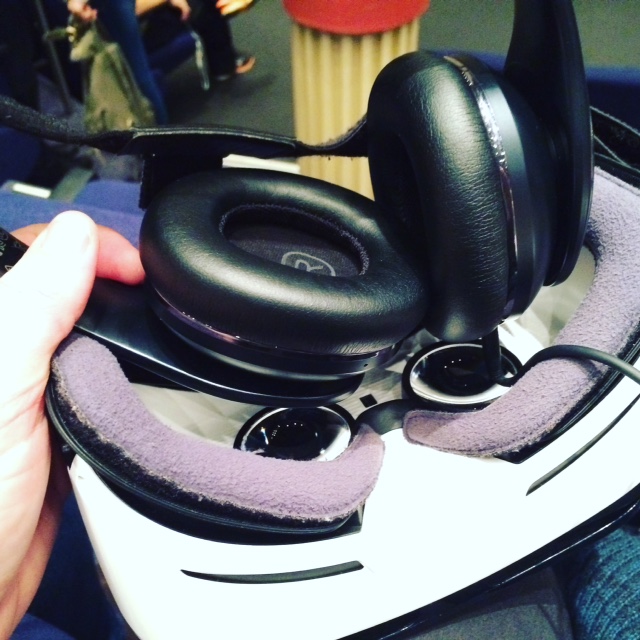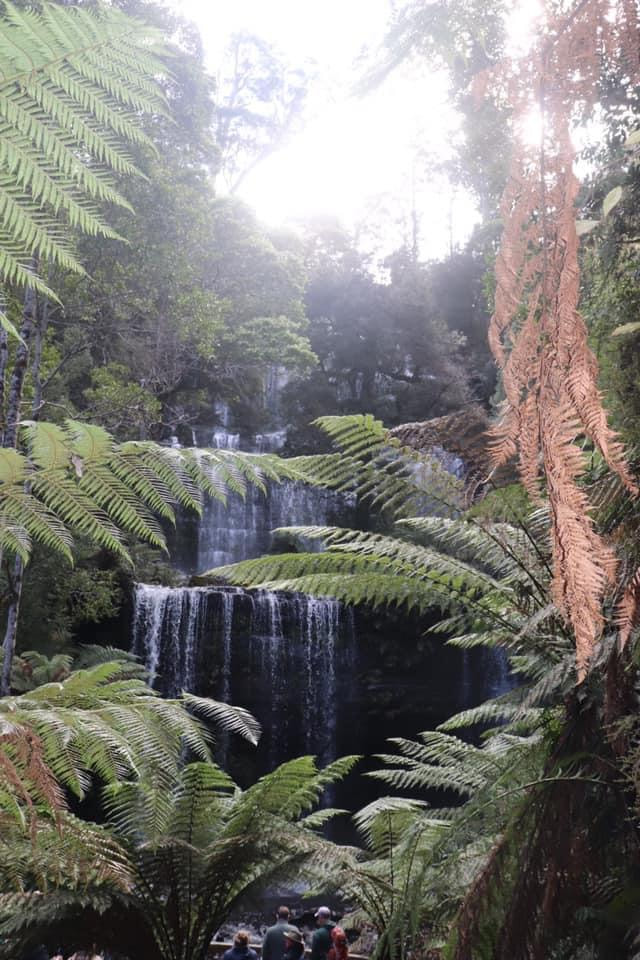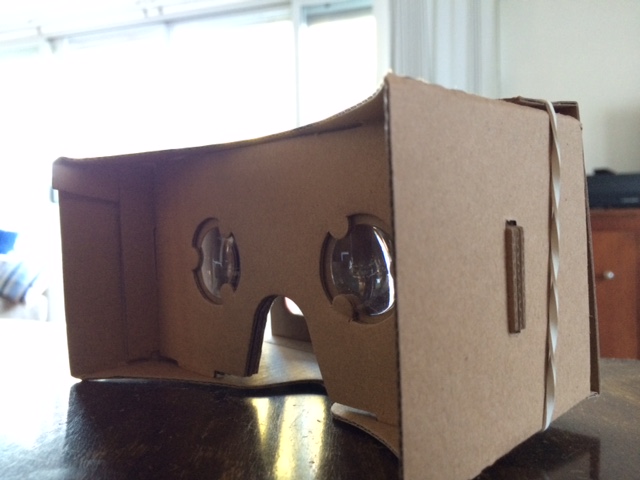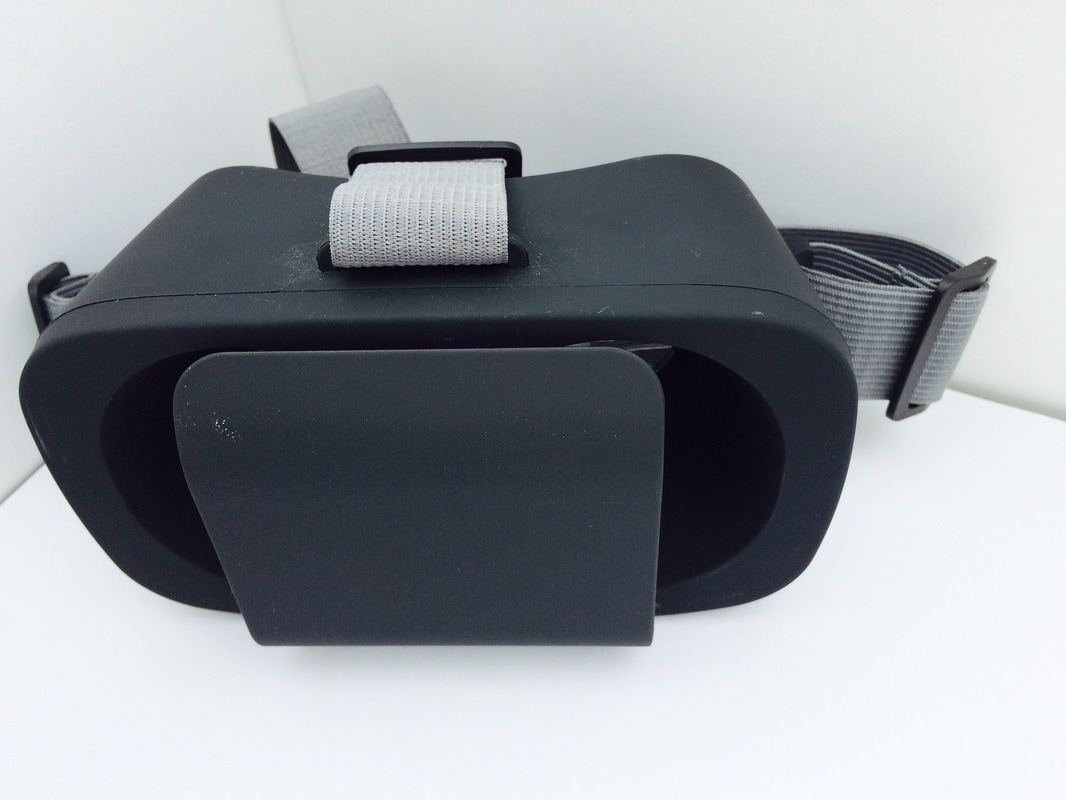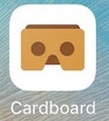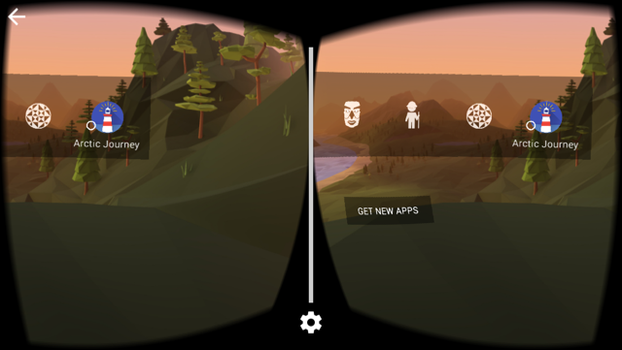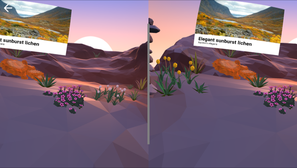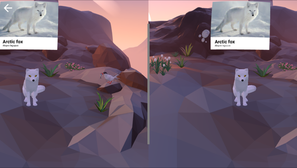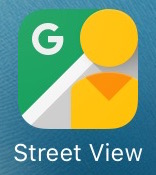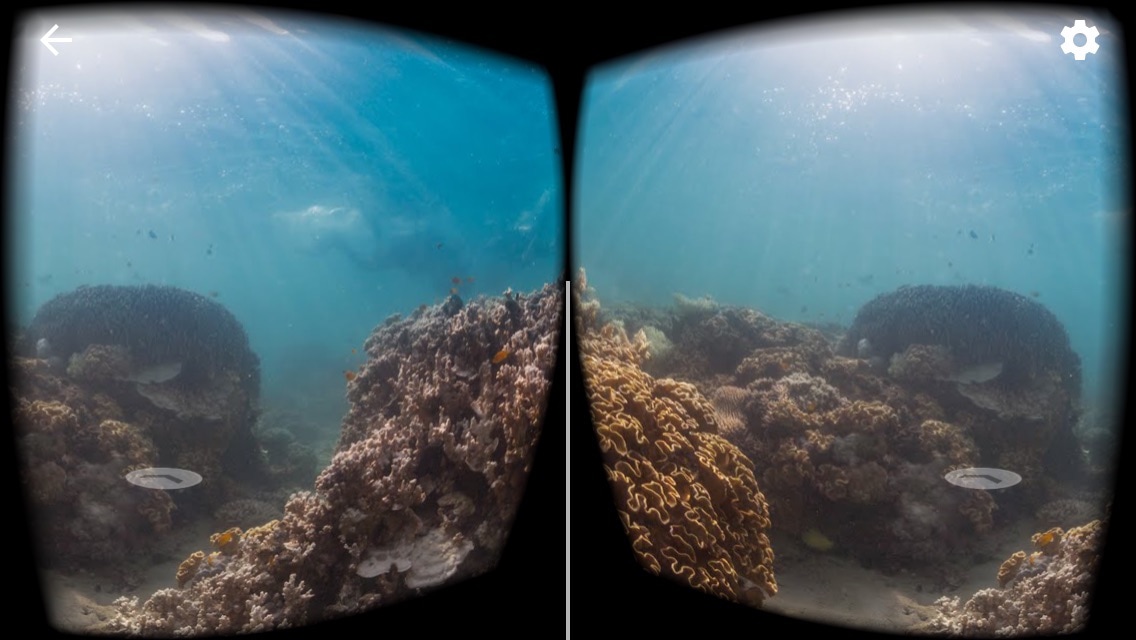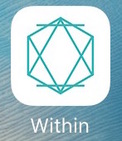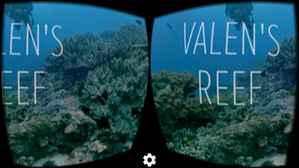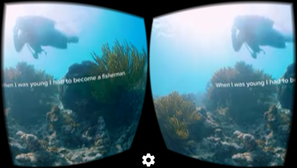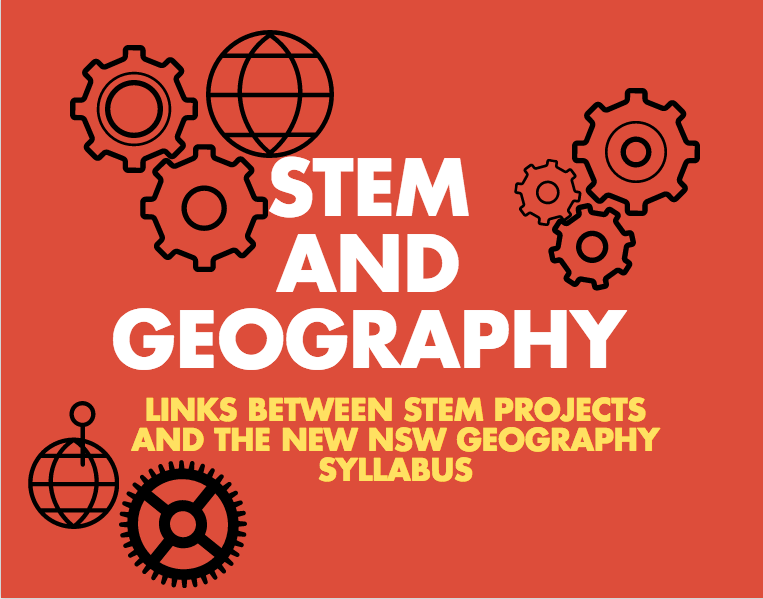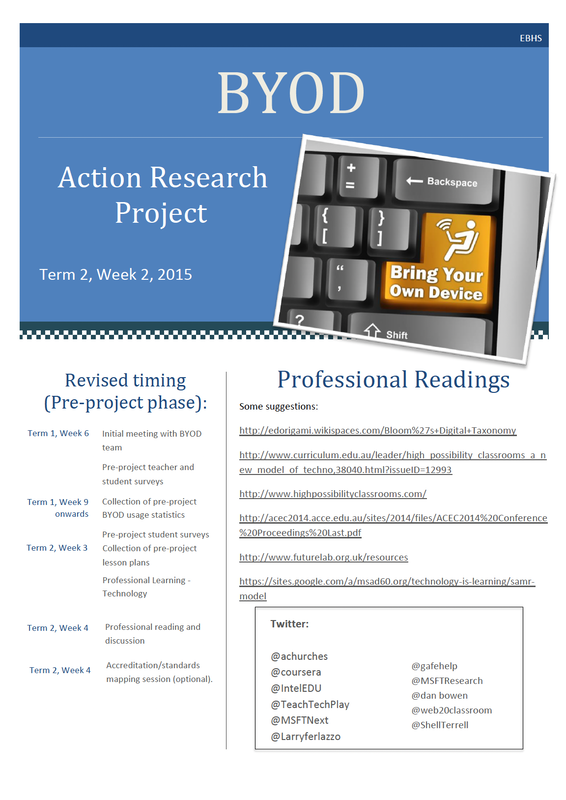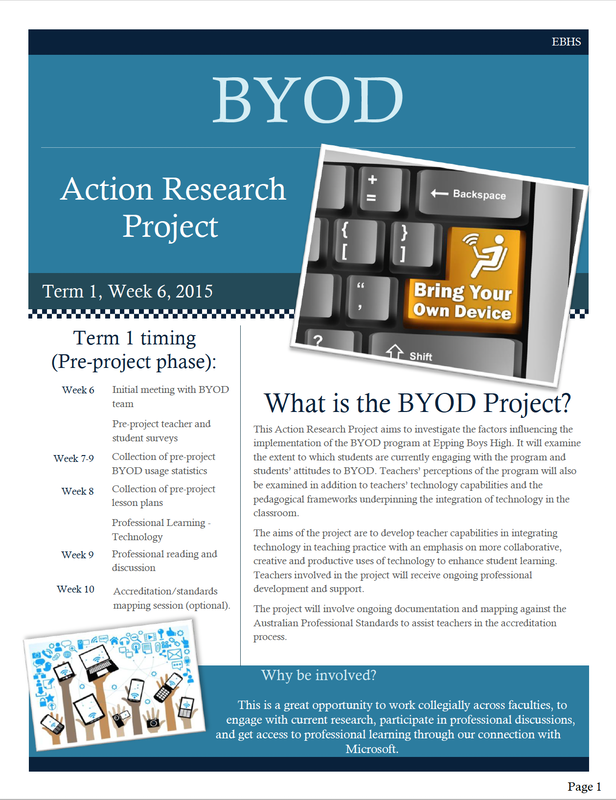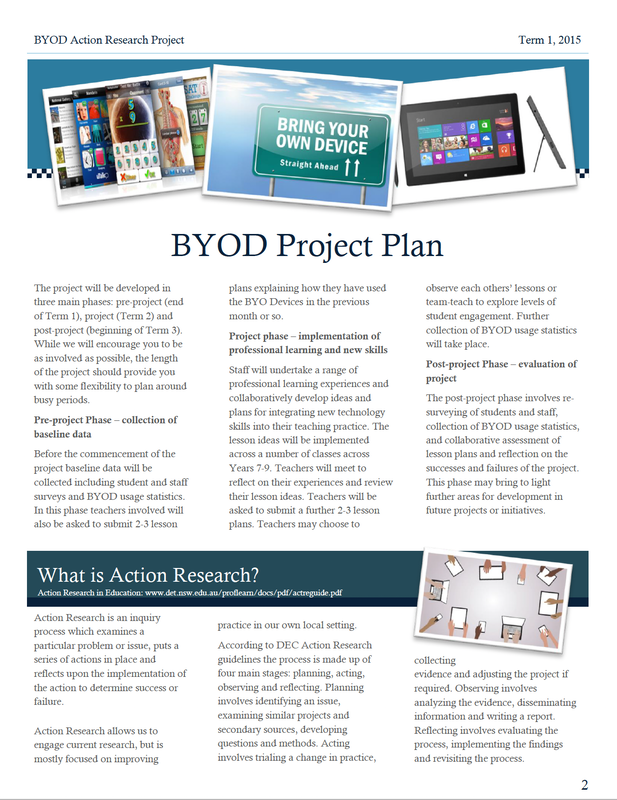|
What is crisis teaching? Crisis teaching involves implementing a rapid change to lesson delivery methods to meet a short-term educational need in a time of crisis. As we head into Week 1 of Term 3, many students and teachers have been in some form of lockdown or isolation for around 4 weeks. The prospect of maintaining quality teaching and learning while looking after our own mental and physical health during the COVID pandemic is a challenge at best. Most schools have had to begin the process of teaching remotely for a fortnight prior to school holidays due to parents choosing to keep students at home. This unprecedented rush for remote learning has meant that schools have had to make decisions about how to quickly flip their teaching instruction to a new format, all at a time when most teachers are stressed and exhausted as a result of what's happening in the community and the world more broadly. As we begin Term 3, we head into a fairly uncertain term with the prospect of a longer period of remote learning. Schools will make decisions about how to deliver remote learning - paper work booklets picked up or posted home, video conferencing sessions, online learning, one on one phone calls, or a combination. At this time it is a good opportunity to review some key principles of E-Learning for those schools who will deliver online learning.. Hints and Tips for Online Learning Design for the long-term – It is likely that we will be teaching online for most of this term. When designing your resources, plan in such a way that you can reuse the items in coming years, rather than just for this experience. Use and reuse existing resources as much as possible. If you choose to prerecord sections of your lessons these could be useful in the long term - if the session provides overviews of concepts, skills or processes then you may choose to use them again, but if the prerecorded session is describing to students what activities you want them to complete, or include information that is specific to particular students or this particular time, then you are unlikely to use them again. Focus on engagement – While it is important to cover course content, ensure that your teaching allows for collaboration, social interaction, group and independent work. In doing so, you may choose to use a variety of technology tools and limit text based presentation/resources to improve engagement by using audio visual enhancement – images, graphics, video production. Overestimate timing – both the time to create online resources and the time for students to complete work online are likely to be longer than you initially anticipate. Be realistic about the time required for students to complete tasks and ensure that your expectations are appropriate and fair. Manage your time (and your students') - Find ways to manage your time effectively. This may include locking out time for online engagement – e.g. timetable, or locking out time for resource development. Use an online calendar as part of your teaching and learning – planning, scheduling posts, etc. If you receive a number of queries from students, consider using public posts to address issues in case other students are also considering asking the same thing. Save time by sharing resources with your colleagues, and using online resources rather than creating everything from scratch - websites, online journals, digital libraries, eBooks. Communicate clearly with students about what is required - Be clear about what work needs to be submitted, when, and how. Provide checklists for students – what is required to be finished each week? Provide overviews of structure and content. While the tone of communication in online platforms needs to be appropriate for teacher student interactions, it should be relatively personal and conversational so that it is easy to understand for students, encourages social interaction and is engaging. Digital organisation - set up systems for file management (both for the faculty/teacher and the students). It will be a lot easier if you can find what you need easily. Set up systems of folders, processes for submission to allow easier online marking. Ensure that you Google Classroom (or any other program) is easy to navigate and that students can easily find resources (e.g. you may choose to use (banners, menus, maps, inventories, clear directions). Learning and support - Provide opportunities for students to practice/rehearse skills, scaffold to support learning and assessment and incorporate peer feedback/assessment and self-assessment to edit. Online Learning Models Models of online or remote learning can provide a cycle or rhythm to follow or just a combination of different types of lesson delivery. Examples include combinations of : - direction instruction - collaborative learning - guided instruction, and - independent learning How does this differ from how you teach online? Do you like the model? what are the advantages and disadvantages of the model? Do you have a rhythm or routine in the way you do your lessons (e.g. one lesson direction instruction, one lesson group work, one lesson research....etc)? How might a model like this assist you when some students are at school and some students are at home?
0 Comments
The Spirit of Anzac is a touring exhibition featuring genuine artefacts and stories. To promote the tour the Australian War Memorial and the Australian Government have sent out packages to schools of about 10 Google Cardboard head sets in boxes. You can download the Spirit of Anzac 360 Explorer App from the App Store or Google Play.
The actual headset is already made when it arrives and is packaged within a cover to protect the set. It is quite robust (a little more sturdy than the Google Cardboard sets I have purchased from Ebay before and discusses in previous posts). The lenses are quite large, which will enhance the viewer experience, and some additional velcro and padding should also add to the experience. The App provides an interactive tour of the displays at the Spirit of Anzac exhibition. Students can focus on a particular image and information pops up to explain the display. This isn't as immersive as some other Google Cardboard apps that I have reviewed, but given that it is being sent to schools for free and that the app is free it would be a useful and interesting way to engage students with the displays prior to a visit. The exhibition is showing at:
Explore The Spirit of Anzac - What to Expect Access the Spirit of Anzac Google Cardboard User Guide Some other options of Google Cardboard/Virtual Reality apps that you might like to look at are: War of Words VR This VR experience uses the Seigfried Sassoon poem "The Kiss" as the basis of the experience. It is an animated experience created by BBC Arts. It promotes the feature-length documentary War of Words - Soldier-poets of the Somme. Trench Experience Trench Experience enables the user to experience an authentic trench from world War I. This is like a virtual museum. Diggers Trench VR This VR experience is only available with Oculus Rift - not Google Cardboard. However, I imagine that as Google Cardboard begins to be used more that this will be the type of experiences that we can expect more of. This is more story based. As a new recruit you experience life in the tranches and are able to influence some of the events that unfold in the story. Video conferencing tools:
Benefits of videoconferencing:
Providers for video conferencing:
Once you have done a few organised sessions and feel comfortable using the technology, you will be able to make connections with people and organise your own presenters. Video Conference lesson Research the work of the organisation or person that will be running the videoconference. Provide a brief summary of the work of the organisation or person. Formulate a number of questions that you can ask to the person during the videoconference. These may relate to the work of your class as a whole or your own geographical inquiry. As a class collect the questions that have been designed and remove any duplicates. It may be beneficial to send the questions to your presenter ahead of the video conference. Brainstorm:
How does online gaming relate to the topic of Consumer Choice? What are the consumer decisions you have to make as an online gamer? Investigate: Your friends have recently introduced you to online gaming, but you don't know a lot about it. Investigate the range of online gaming products and services available. - What are the different products and services? - What are the similaraities/differences between the different products? - Are there different brands associated with particular online gaming products? What are they? Research: Research a particular product related to online gaming. It may be a particular gaming console, a subscription to a particular game or gaming accessories. Ensure that you choose something that can be purchased in a range of different places (online or real)/shops. Compare the prices and deals that are available for the purchase of this item. Keep a record of all the details including price, specifications, and where it is available. Record this information in a table. Discuss: Discuss the need for consumer protection for online gamers. (approx. 1 typed page) Create: Create a website which teaches your classmates about consumer choice and the need for consumer protection for online gaming. The Australian Museum is currently hosting two David Attenborough Virtual Reality experiences - one on the Great Barrier Reef and one on prehistoric life in oceans. It used a Gear VR headset and headphones to provide this experience. Inside the headset was a Samsung device which provided the audiovisual stimulus. This operated very similarly to the cheaper models you can buy on Ebay (see a previous post - Google Cardboard - bringing virtual reality to your classroom) however this more sophisticated set fits to your face without having to hold it, has padding around the eyes and the head phones are quite good quality. This is clearly a more superior virtual reality experience than the Google Cardboard, but I think that is to be expected given the obvious price difference. The two experiences were relatively short, but were successful in giving the viewer a feeling of being immersed, particularly the First Life presentation which had slightly longer continuous sections in full 360 view. The experiences were part documentary, part virtual reality immersion experience. The Great Barrier Reef experience began with the viewer flying out to part of the reef on a helicopter. By moving your head to the left you could see the back rotor blades and by looking up you could see top rotor blades. The view in front and below was of the reef from above. The footage included of the Great Barrier Reef demonstrated the scale of some of the reef structures and the diversity and number of organisms. The experience has some documentary-style sections where coral polyps and reef building are explained. This provides a short, but effective session aimed to develop the awareness of the viewer about the reef and ends with a call to action for us to act on climate change and protection of the reef. The First Life session was in the style of computer rendered animations. At first I was aware of the difference between this style as compared with the previous 360 video style of the Great Barrier Reef session, but after a short time I forgot about it. This session has longer periods of the 360 immersive experience and it works quite well. You actually get the sensations of feeling like you are moving and some of the quick movements of the species are very effective in making you feel like you are present in the experience. As I have discussed in a previous post, this is an emerging technology that still has a long way to go before it is truly valuable to educational outcomes, other than just purely addressing engagement. The sessions were very good, but require greater length and detail to be really useful in an educational setting. Regardless, I think this is a really powerful technique, and these particular sessions give us a real idea of what the future of documentary making is going to be. If get the chance - go and have a look.
Australian Museum Virtual reality is an artificial, computer generated recreation of a real life situation or a simulation of an imagined or created environment (like a virtual tour). The view feels immersed in the experience. David Attenborough’s virtual reality experience has shown us the relevance of this type of activity to the study of geography and coral reefs specifically. http://www.hsieteachers.com/home/attenboroughs-vr-experience-at-the-australian-museum Hear David Attenborough talk about his virtual reality experience: https://www.youtube.com/watch?v=BqSotmvj12k&feature=youtu.be My Google Cardboard class set arrived on Friday. Google have designed a really cost effective way to allow people to access virtual reality. As a kid of the 80s, I remember using my Mattel View Master to look at scenes from movies and TV shows. Google Cardboard kind of works the same way, except that instead of using slide cards you use your phone to view the experience. Before I get too far into this, virtual reality is by no means a substitute for fieldwork, and I think we are a long way off before anyone could even try to claim that. This is just a fun activity, with the potential to enhance learning in the future as the apps and technology develops. There are a range of different headsets that you can buy to experiment with virtual reality, There are different brands, materials, sizes and quality. As a first foray into this world, I have gone for pretty much the cheapest option available. In my opinion, if you are intending to use it in your classes, you are going to want to get one of the cheaper models so that you can have more of them for your students, and so that it isn't such a big deal if they get broken. The Google Cardboard in the image below cost about $2.00 on ebay. The other headset featured cost about $10-15 dollars, and was purchased from Typo. So what do you need? - A viewer - A smartphone (for each viewer, so you might have to ask the students to download the app and use their own phones). - A range of virtual reality apps downloaded (you will need to do some research to find the right one for your topic and students). Below: A version of Google Cardboard available on Ebay for about $5. There are a few apps that you can use to access the experiences: - Google Cardboard - Youtube (use 360 videos) - Street View - Within Affordable access to virtual reality experiences is relatively new, and the apps and experiences are really only beginning to become available. When you open the apps, you will see a split screen with two images that are roughly the same, but shown at slightly different angles. When you place your phone inside the Google Cardboard and look at it through the lenses it will give the impression of being 3 dimensional. This will enable your students to feel like they are immersed in the environment. Youtube 360 The simplest way to use virtual reality is Youtube 360. Simply go to Youtube and search “coral 360 video”. A range of options will come up that you can use with or without head sets. These have been generally designed for tourists, but may be an easy way to begin to introduce virtual reality if you are a little apprehensive. The benefit of using Youtube 360 is that you can use it on your desktop computer/laptop if you don’t have access to personal devices. The Google Cardboard app is really quite interesting, and provides a number of examples that give you an idea of what the potential will be, but in terms of education, in my opinion it is not all the valuable just yet. What it does show is what the potential is. The screenshots below show an example of an Arctic environment. When you select different items in the scene a popup appears providing some basic information about the feature. Given the right scene or environment, and the right level of information this could be useful in an educational sense if it were developed further. A couple of the great virtual experiences are the ones where you are immersed in a real environment (rather than a cartoon-like environment). Street View enables you to explore places with the full 360 degrees. Click Explore, Choose a location, and click the Google Cardboard icon. You do really feel like you are part of the place. This could be valuable in helping students develop an appreciate of the places you are studying, and to get a better understanding of what those places are actually like
Virtual reality lesson 1 Use Google Streetview to examine a range of sites around the Great Barrier Reef and Coral Triangle. Choose specific sites, eg, several locations around Lizard Island, or Kimbe Bay. Compare the two main virtual field sites. Students can make judgements about the quality of the corals, the colours of the corals, etc. Students may try to identify specific types of coral to compare complexity and biodiversity (although this may be a bit too complicated). Students can use this as a form of observation to be backed up with secondary data
Open the Within app. Select Valen’s Reef. This presentation follows a local fisherman explaining the pressures on him and his local reef. A narrative is provided over the footage of the reef and the island Students can maneuver around the scene to access 360o views. Students will feel immersed in the scene and the story. Virtual reality lesson 2 - Valen's Reef Students view Valen’s Reef, using the Within app. A couple of quick questions:
Discovery VR app The Discovery VR app has a number of presentations that relate to Geography generally, and a series “Sharks Among Us” which can be tied in with Marine Environments generally or coral reefs. Examine Google Cardboard here: https://vr.google.com/cardboard/
You can follow Google Classroom on twitter at @GoogleVR. I attended the Department of Education’s STEM Showcase (see the tweet feed at #STEMShowcase). In case you’ve been living under a rock – STEM is Science, Technology, Engineering and Maths. STEM is clearly a movement that is gaining momentum, and my question is where does geography fit into this? Or History? Or Commerce? I have been trying to think of a new acronym to get us in on this movement. If you have any ideas, please let me know. What occurred to me is how many of these STEM projects have very obvious crossovers with humanities subjects, particularly geography. This post will look at a few of the presentations that I saw today and some ideas of how humanities subjects could also be included.
Baulkham Hills High School – Weather TECH Students created a STEM project involving the construction of a weather station. This involved a design process, coding of the equipment, manufacturing the equipment with a 3D printer, and collecting and analysing weather data. In the Science faculty, this was undertaken as part of a student research project. In TAS, students developed skills in using CAD and CAM software and Arduino to design, code and create the equipment. In Maths, students' skills were developed in analysing and presenting the vast amount of weather data collected. Students (and teachers) successfully created a working model with equipment collecting weather data every second. The real world applications to agriculture were emphasised. In the new NSW Geography syllabus the WeatherTECH project would fit easily within the Water In the World topic, particularly Water resources and the Water cycle. It also addresses fieldwork requirements – using weather instruments. Examine the WeatherTECH project site. Bellingen High School - Survive the Shake The topic of this STEM project was earthquake proof buildings. Students designed, produced and evaluated a multi-storey building with a small fooprint, which was specified. Students were provided with a design process to follow which provided a scaffold to follow during project. Students were required to use cheap materials such as straws, toothpicks, marshmallows, etc to create a model of their buildings. Building designs were tested on an earthquake shake table created by the teachers. In the Science faculty, the project tied into content related to earthquake size and magnitude, damage and destruction and prediction of quakes. In Maths it tied in with content related to geometry, 3D design shapes and budgets. The construction of the buildings and the design process involved the TAS faculty. In the new NSW Geography syllabus the Survive the Shake project would fit into Landforms and Landscapes, particularly Geomorphic hazards. This could easily incorporate the inquiry based learning skills in the syllabus. Examine the Survive the Shake project site. Riverside Girls High – Post-Earth Survival The girls at Riverside completed a STEM project examining the requirements to sustain life. Students explored the universe and designed a colony suitable for sustaining life on another planet. Students focused on: What do humans need to survive? The project used a design process from the TAS faculty and this was used to determine project milestones. TAS introduced the students to the tools they would need to complete the project such as Sketch Up, 3D printing, etc. Students brainstormed what it would be like if they were locked inside their house and had to stay there for 2-3 years. What would they need? What would they have to change? Students collected data on energy and water use in their own homes. From a Maths perspective students had to develop problem solving and reasoning skills, as well as data analysis. The project also incorporated the EcoMuve program from Harvard University. Assessment and presentation involved peer review and feedback. In the new NSW syllabus the Post-Earth Survival project would fit into Place and Liveability, particularly Influences and perceptions. This could also incorporate the inquiry based learning skills in the syllabus. Examine the Post-Earth Survival project site. Promoting Geography and boosting numbers A lot of time, effort and money is being spent on promoting STEM to our students. As Geography teachers, we are constantly looking for ways to promote our subject and boost senior numbers. There are plenty of ways to do this, but I think getting involved in STEM projects or at least other cross curriculum projects might be one idea that is worth a bit more consideration. Examine the Urban Observatory website.
Compare London, Tokyo and New York. Compare different aspects of these cities by choosing different themes from the left hand menu. Population Density and housing density: Describe the population and housing density of London. Where are the densest areas? Are particularly dense areas in a particular part of the city?How is the density spread out across the city - does it spread out radially? is it north/south, etc. How do these results compare with New York and Tokyo? How would you account for the differences? Work - Commercial and Industrial: Describe where the commercial areas of the city are located. Where are the industrial areas located? How does this compare to New York and Tokyo? Account for the differences. Movement - Road speed, traffic and airports: How would you compare the road speeds and traffic evident between the three cities? Why would this be the case? How would it impact on the way the city functions? What information can we gather about the importance of the airports in New York and London? Account for the difference in flight numbers between the two cities.
The project was explained to teachers as an opportunity to identify an issues impacting education, undertake some basic research into the issues and different approaches to it, develop strategies to address it and to implement the strategies. A rough plan for the year was set out, and the philosophy of the approach was explored.
Teachers were provided with a range of different levels of involvement that they could opt into, so that they could choose to whether they just wanted to be kept informed, or to be an integral part of the project. |
Categories
All
Archives
May 2024
|
